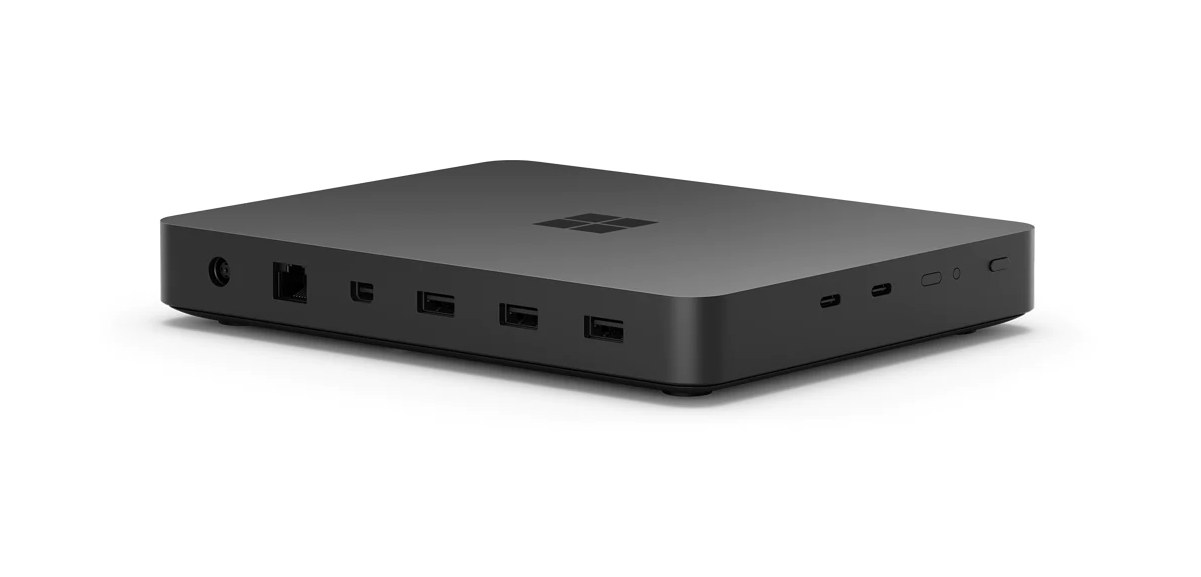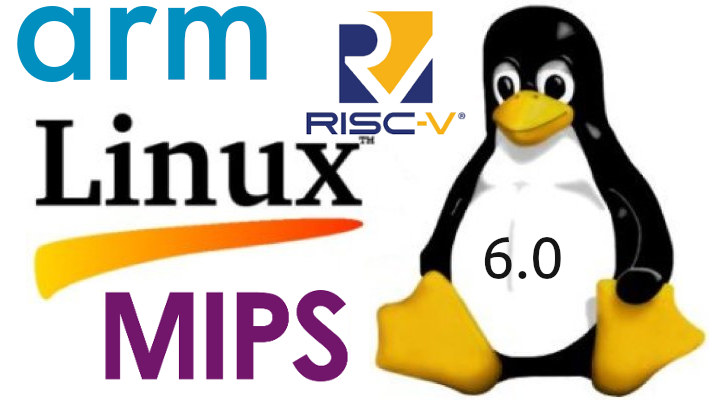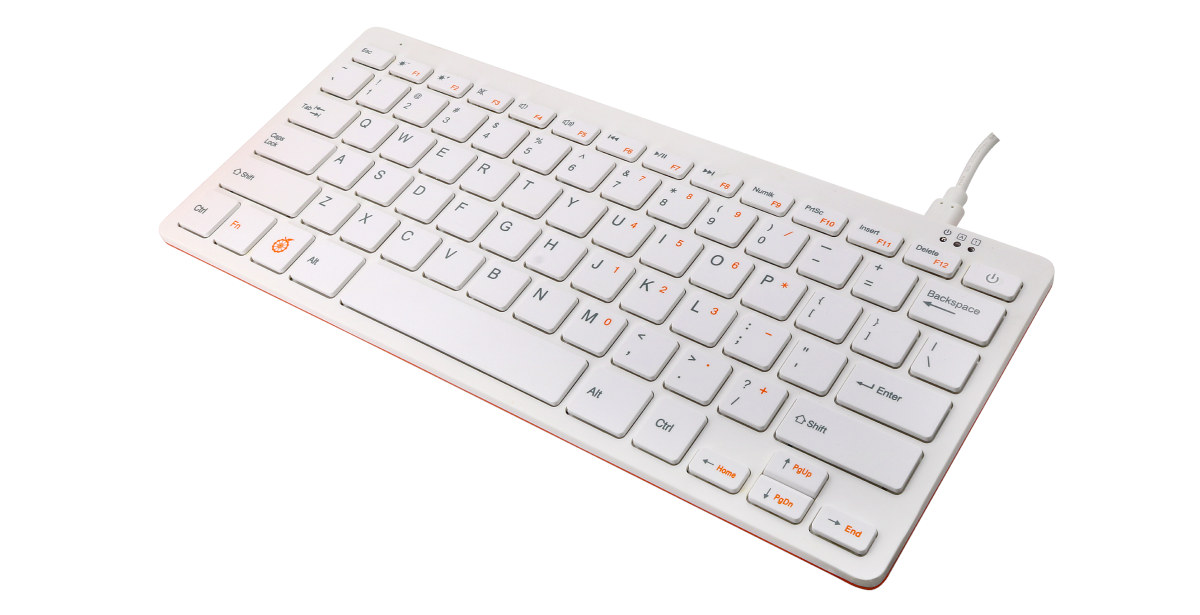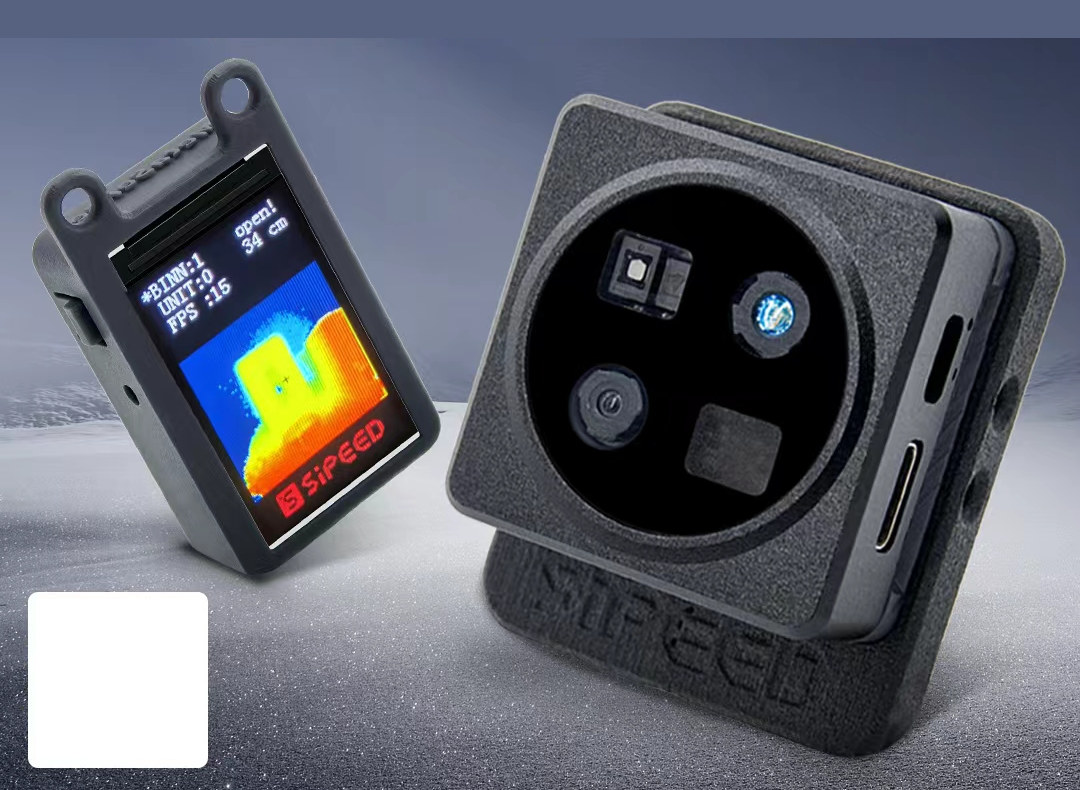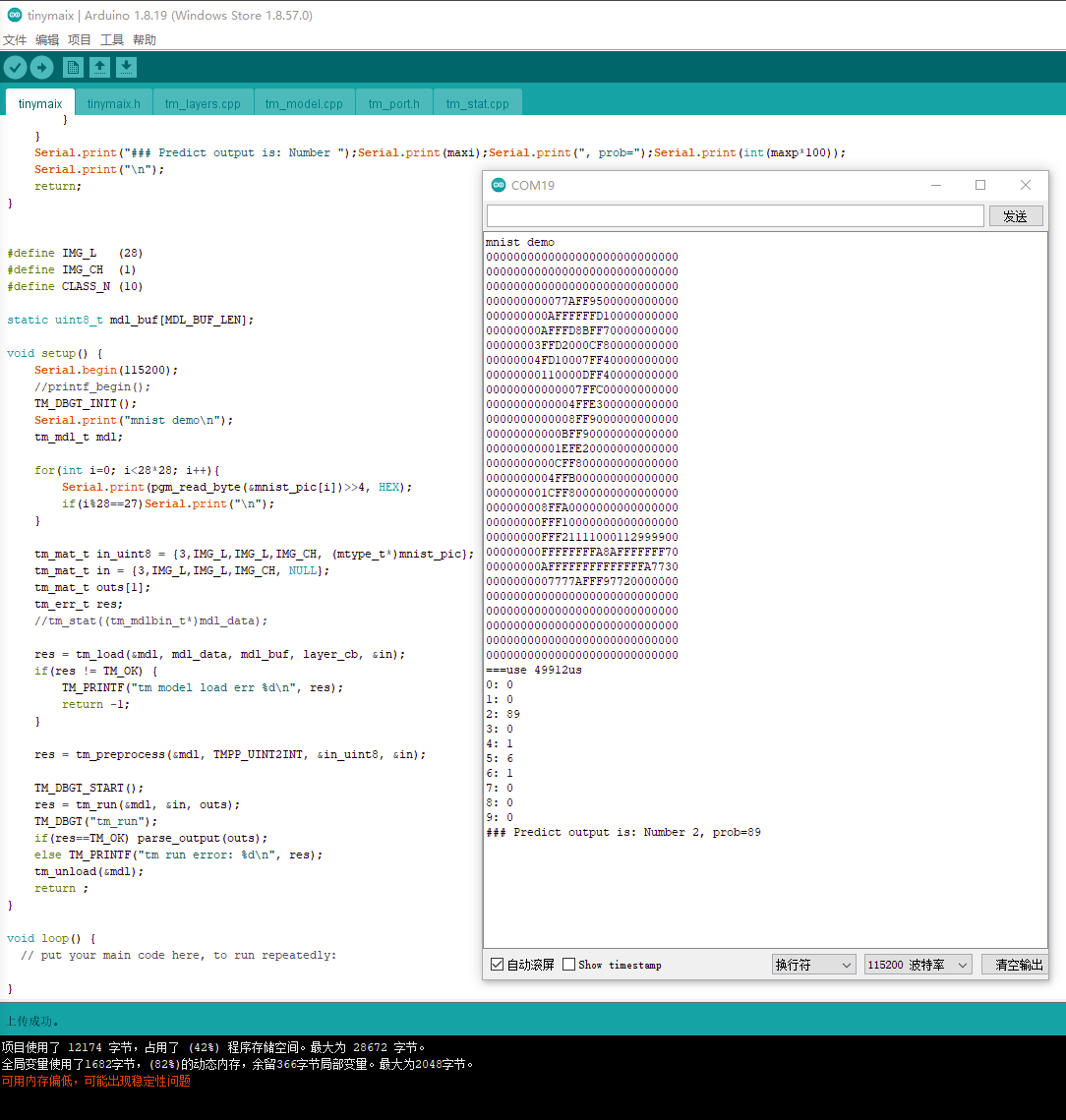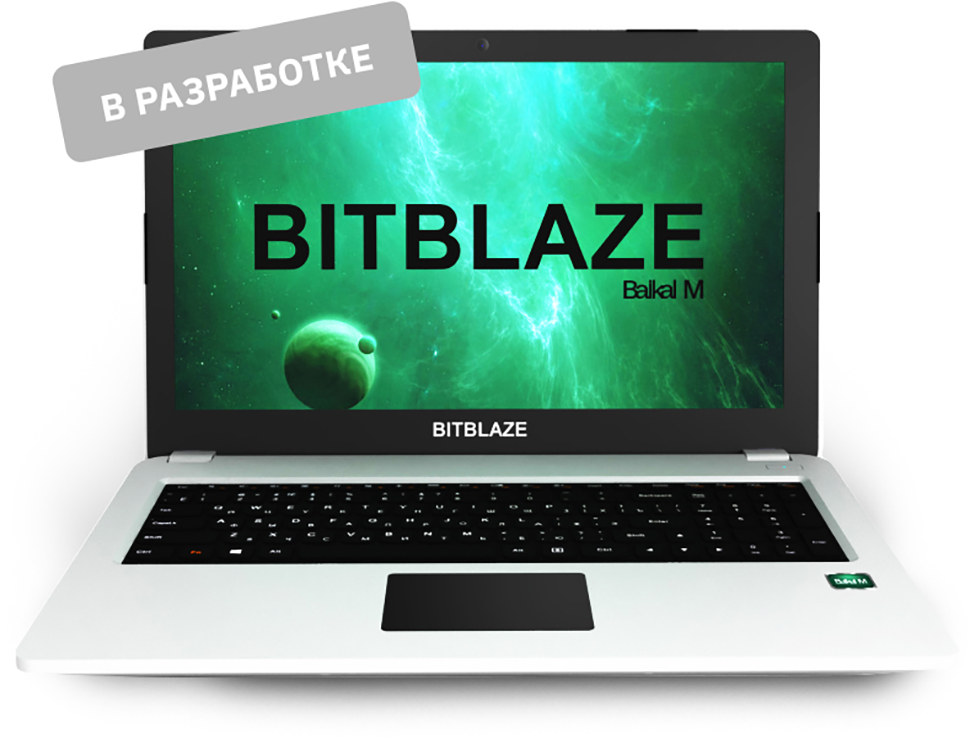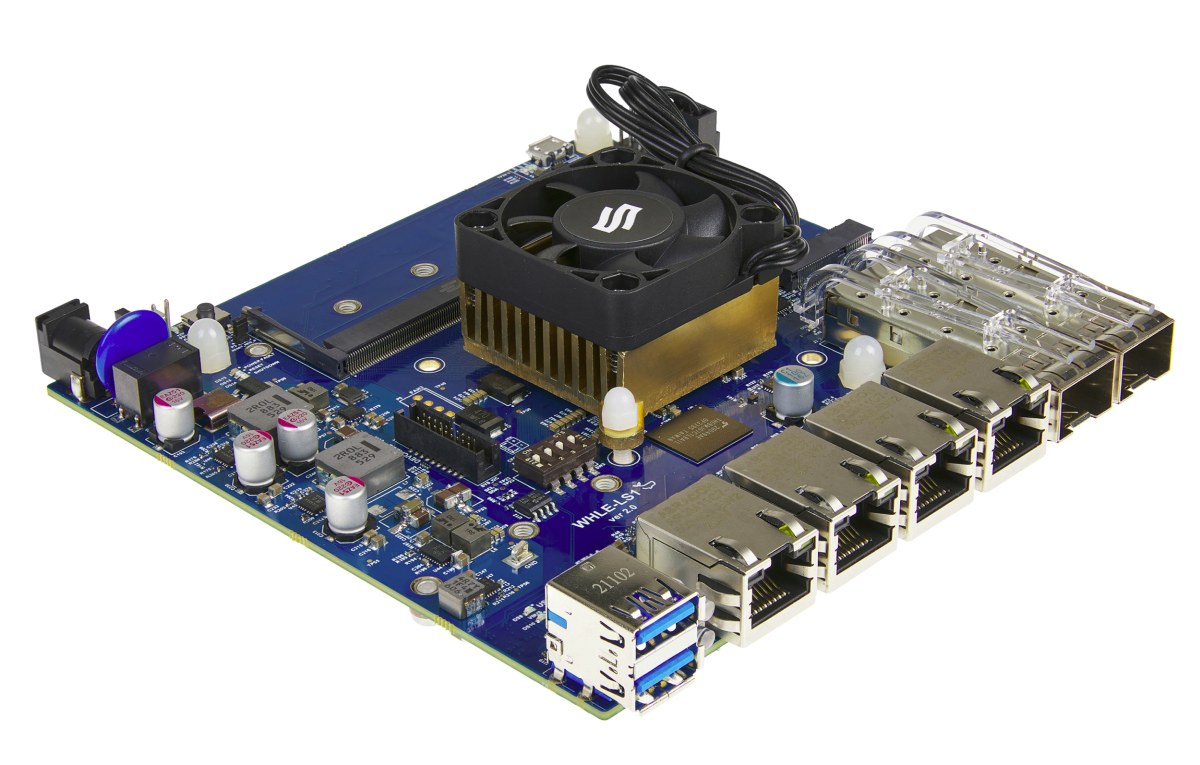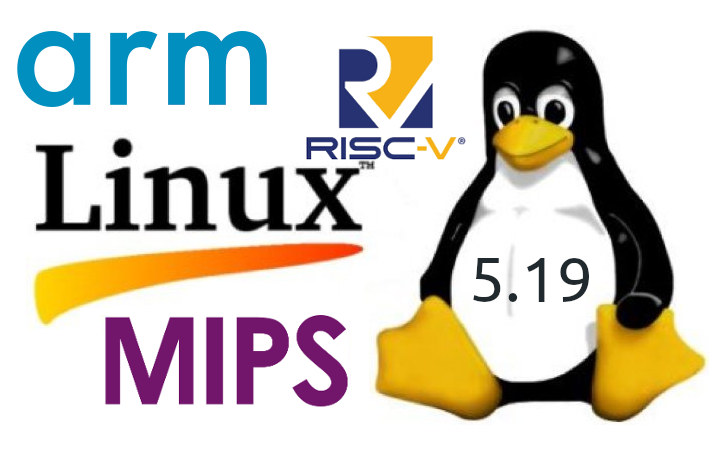Microsoft has just introduced the Windows Dev Kit 2023, that’s basically a Windows 11 Arm mini PC powered by a Qualcomm Snapdragon 8cx Gen 3 processor designed for developers of Windows programs. Previously known as “Project Volterra”, the system comes with 32GB RAM, 512GB NVMe storage, mini DP video output, Ethernet, WiFi 6, and Bluetooth 5.1 connectivity, as well as five USB 3.2 Gen 2 ports, and more. Windows Dev Kit 2023 specifications: SoC – Qualcomm Snapdragon 8cx Gen 3 compute platform with CPU – 4x 3.0 GHz Prime cores, 4x 2.4 GHz Efficiency Cores GPU – Unnamed Adreno GPU with DirectX 12 (DX12) API support DSP – Qualcomm Hexagon Processor, Qualcomm Sensing Hub AI – Qualcomm Neural Processing Engine SDK support for AI (up to 29+ TOPS) System Memory – 32GB LPDDR4x RAM Storage – 512GB NVMe SSD Video Output – Mini DisplayPort (mini DP) with support for HBR2 […]
Linux 6.0 release – Main changes, Arm, RISC-V, and MIPS architectures
Linux 6.0 has just been released by Linus Torvalds: So, as is hopefully clear to everybody, the major version number change is more about me running out of fingers and toes than it is about any big fundamental changes. But of course there’s a lot of various changes in 6.0 – we’ve got over 15k non-merge commits in there in total, after all, and as such 6.0 is one of the bigger releases at least in numbers of commits in a while. The shortlog of changes below is only the last week since 6.0-rc7. A little bit of everything, although the diffstat is dominated by drm (mostly amd new chip support) and networking drivers. And this obviously means that tomorrow I’ll open the merge window for 6.1. Which – unlike 6.0 – has a number of fairly core new things lined up. But for now, please do give this most […]
Orange Pi 800 Keyboard PC – A Raspberry Pi 400 alternative powered by Rockchip RK3399
There’s now a Raspberry Pi 400 alternative with the Orange Pi 800 Keyboard PC that offers a very similar design, but it is powered by a Rockchip RK3399 hexa-core Cortex-A72/A53 processor. Like the Raspberry Pi model, the Orange Pi 800 comes with 4GB RAM, Gigabit Ethernet, dual-band WiFi 5 and Bluetooth 5.0, two USB 3.0 ports, and one USB 2.0 port, but it also adds 64GB on-board flash storage and features one full-size HDMI port capable of 4Kp60 resolution plus a VGA port, instead of two micro HDMI ports. Orange Pi 800 specifications: SoC – Rockchip RK3399 hexa-core big.LITTLE processor with 2x Arm Cortex-A72 cores up to 1.8GHz, 4x Arm Cortex-A53 cores up to 1.4GHz, and an Arm Mali-T860MP4 GPU System Memory – 4GB LPDDR4 Storage – 64GB eMMC flash, microSD card slot Video Output HDMI 2.0 port up to 4Kp60 VGA port up to Full HD resolution Audio 3.5mm […]
Sipeed MetaSense RGB ToF 3D depth cameras are made for MCUs & ROS Robots (Crowfunding)
We’ve just written about the Arducam ToF camera to add depth sensing to Raspberry Pi, but there are now more choices, as Sipeed has just introduced its MetaSense ToF (Time-of-Flight) camera family for microcontrollers and robots running ROS with two models offering different sets of features and capabilities. The MetaSense A075V USB camera offers 320×240 depth resolution plus an extra RGB sensor, an IMU unit, and a CPU with built-in NPU that makes it ideal for ROS 1/2 robots, while the lower-end MetaSense A010 ToF camera offers up to 100×100 resolution, integrates a 1.14-inch LCD display to visualize depth data in real-time and can be connected to a microcontroller host, or even a Raspberry Pi, through UART or USB. MetaSense A075V specifications: SoC – Unnamed quad-core Arm Cortex-A7 processor @ 1.5 GHz with 0.4 TOPS NPU System Memory – 128 MB RAM Storage – 128MB flash Cameras 800×600 @ 30 […]
TinyMaix is a lightweight machine learning library for microcontrollers
Sipeed TinyMaix open-source machine learning library is designed for microcontrollers, and lightweight enough to run on a Microchip ATmega328 MCU found in the Arduino UNO board and its many clones. Developed during a weekend hackathon, the core code of TinyMax is about 400 lines long, with a binary size of about 3KB, and low RAM usage, enabling it to run the MNIST handwritten digit classification on an ATmega320 MCU with just 2KB SRAM and 32KB flash. TinyMax highlights Small footprint Core code is less than 400 lines (tm_layers.c+tm_model.c+arch_O0.h), code .text section less than 3KB Low RAM consumption, with the MNIST classification running on less than 1KB RAM Support INT8/FP32 model, convert from keras h5 or tflite. Support multi-architecture acceleration: ARM SIMD/NEON, MVEI, RV32P, RV64V (32-bit & 64-bit RISC-V vector extensions) User-friendly interfaces, just load/run models Supports full static memory config MaixHub Online Model Training support coming soon Sipeed says there […]
BITBLAZE Titan BM15 Arm Linux laptop features Baikal-M1 processor
Russian company Prombit has unveiled the BITBLAZE Titan BM15 Arm Linux Laptop equipped with Baikal-M1 octa-core Arm Cortex-A57 processor manufactured by TSMC, up to 128GB RAM, SSD storage, and a 15.6-inch Full HD display. Baikal-M1, also called Baikal-M, was already found in desktop PCs and All-in-One Arm Linux computers launched last year for the Russian government and businesses, but I think it’s the first time it shows up in a laptop. BITBLAZE Titan BM15 specifications: SoC – Baikal M1 ((BE-M1000) octa-core Cortex-A57 processor @ up to 1.5 GHz with Arm Mali-T628 GPU; 28nm manufacturing process System Memory – 16GB RAM, upgradeable up to 128 GB thanks to the two SO-DIMM DDR4 sockets [Update: Our previous article about Baikal M1 only showed the processor to support up to 32GB RAM, and 64GB DDR4 SO-DIMM modules don’t seem to exist, so the 128GB claim appears to be an error] Storage – 250 […]
Conclusive Engineering WHLE-LS1 networking SBC offers 4x GbE, 2x 10GbE SFP+ cages
Conclusive Engineering WHLE-LS1 is a networking SBC powered by a choice of NXP Layerscape LS1xx8A Cortex-A72 or Cortex-A53 communication processors with four Gigabit Ethernet ports, two SFP+ cages capable of up to 10Gbps data rates. The board also features one SO-DIMM socket for up to 32GB DDR4, up to 64GB eMMC flash, M.2 PCIe sockets for NVMe SSDs, USB 3.0 host and USB 2.0 device ports, an RTC with backup battery, as well as serial and JTAG debug interfaces. WHLE-LS1 specifications: SoC (one or the other) WHLE-LS1026A – NXP Layerscape LS1026A 2x Arm Cortex-A72 @ 1.8GHz with DPAA package processing engine WHLE-LS1046A – NXP Layerscape LS1046A 4x Arm Cortex-A72 @ 1.8GHz with DPAA package processing engine WHLE-LS1048A – NXP Layerscape LS1048A 4x Arm Cortex-A53 @ 1.6GHz with DPAA2 package processing engine WHLE-LS1088A – NXP Layerscape LS1088A 8x Arm Cortex-A53 @ 1.6GHz with DPAA2 package processing engine System Memory – 1x […]
Linux 5.19 Release – Main changes, Arm, RISC-V and MIPS architectures
Linus Torvalds has just announced the release of Linux 5.19. It should be the last 5.xx version, with Linux 6.0 coming for the next cycle: So here we are, one week late, and 5.19 is tagged and pushed out. The full shortlog (just from rc8, obviously not all of 5.19) is below, but I can happily report that there is nothing really interesting in there. A lot of random small stuff. In the diffstat, the loongarch updates stand out, as does another batch of the networking sysctl READ_ONCE() annotations to make some of the data race checker code happy. Other than that it’s really just a mixed bag of various odds and ends. On a personal note, the most interesting part here is that I did the release (and am writing this) on an arm64 laptop. It’s something I’ve been waiting for for a _loong_ time, and it’s finally reality, […]


